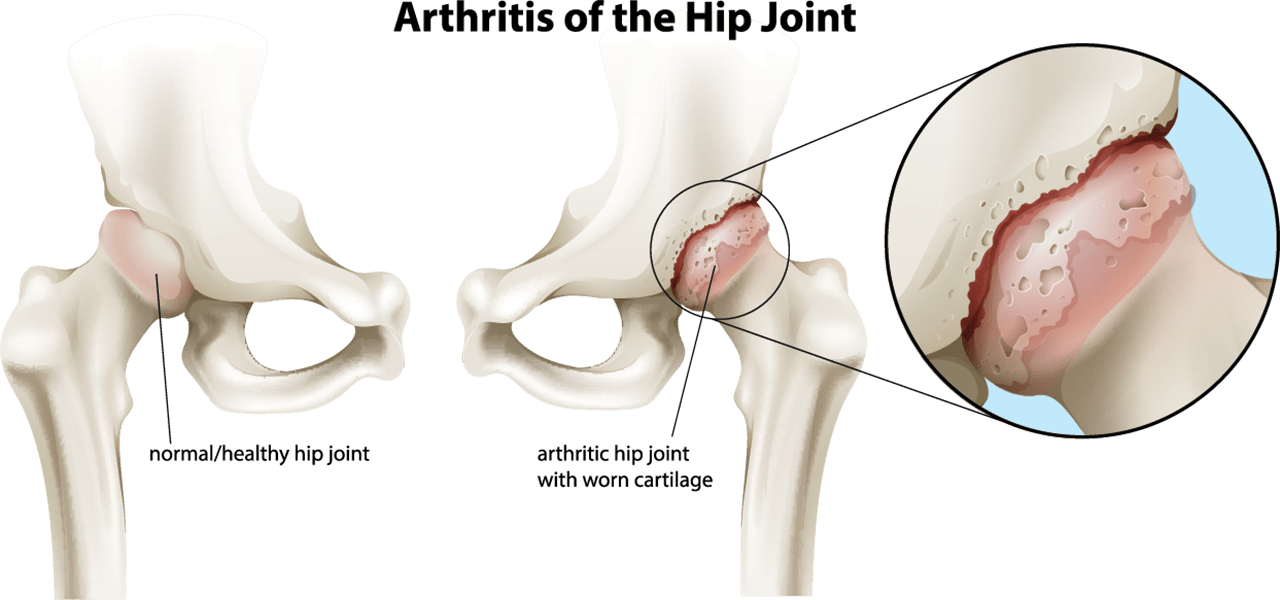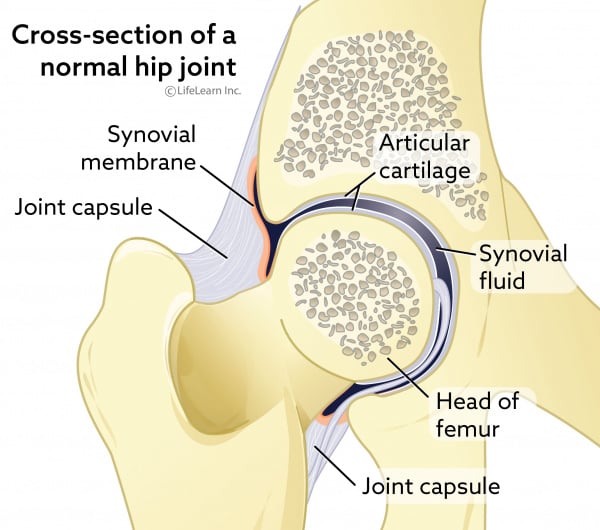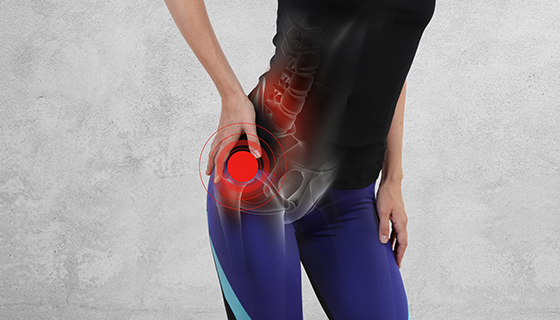This way each side of the body shares the load. Basically the bottom line is this is that when youre using a cane whether its a standard or some call it a straight cane or if its a quad cane or something like that youll want to use it in the opposite hand of your bad kneeleg.

Can T Lift Your Leg To Put On Socks Here S What S Happening Regenexx
Your physical therapist will help you choose the right cane.

. This distance should be around the length of your cane. To start walking with a cane simply put the cane beside you holding it with the hand thats on your healthy side. Move the affected leg and the cane together so that each side shares the load.
Here are the basic principles of using a cane to help with hip pain. Measure the distance from your wrist joint to the ground. Holding the cane in the injured left leg means that the can will support the left arm which connects to the left-back muscle which connects to your left pelvis which is connected to your left hip.
Standing with your arm by your side the top of the handle of the walking stick should come to the. Medical professionals recommend placing the crutch under the arm on the side of your healthy leg or in other words on the opposite side of your injured leg. In this fashion all your left side is deployed and this means it is bearing more weight with less efficient weight shift to the strong side.
Move the weak or injured leg and the cane together. If you are using the cane for a little help with balance and stability hold it in the hand you use less. The cane is firmly on the ground opposite the affected leg when the healthier leg is lifted.
Your walking stick always goes in the hand on the opposite side to the painful hipthis is something so many people get wrong. How to Use a Cane Properly Place the cane in the hand opposite of your replaced knee or hip. Mayo Clinic maintains that using a cane on the opposite side of the body from the injured leg provides optimal support during walking.
Before the start of your walk always check out if the height of the cane is ok. Relax your arms and bend your elbow at a comfortable angle of around 15-25 degrees. Place the cane in front of you about 8 inches as you step with the opposite leg.
Adjust the height of the cane so that it reaches the crease in your wrist. Correct Use When Walking with Your Cane Hold your cane on your strong side and move the cane with the weak side. Then step forward onto the stronger leg through the middle.
Squeeze the crutch underneath your armpit and. Hold the cane in the hand opposite the hip replacement unless told otherwise. A cane that is too low will cause slumping.
Try it on both sides but you will find that the opposite side works best. The reason for that is this is that when were typically walking your pelvic girdle. If you are using a cane because one leg is weak or painful hold the cane on the opposite side from the weak or painful leg.
A cane should be used in the hand opposite to the affected limb hip or knee and should be advanced with the affected limb when walking Dr. Hold the cane in the hand opposite your bad hip. When using a single crutch youll have to decide which side to use it on.
Utilizing the cane on this side as you walk will lessen the strain on your weaker side and allow you to. This is your strong side and it is the side you want to bear the most weight. Using the cane on the opposite side allows you to transfer weight to the good side and to walk more easily.
As you step forward your walking stick and the opposite foot should hit the floor at the same time. This may take practice as it is like having. Also as you walk you will move the cane at the same time as your weaker leg.
The purpose of a cane is to provide support to the healing muscles and soft tissues around the artificial hip alleviate discomfort and improve stability. Think of it this way. How to Walk Correctly With a Stick.
Each time you take a step with your bad leg move your cane forward and place it on the ground at the same time as your foot so it absorbs some of the weight. To double-check this stand straight and the top of the cane should be at wrist level with you have your hands naturally at your side. 1 This is far more efficient and helpful than holding it on your weak or injured side.
Use The Cane In The Opposite Hand As Your Bad Knee. Another indicator to look for is your elbow should have a 20 degrees bend in it. For example if your right hip is sore hold the cane in your left hand.
Put all your weight on your good leg. When using a cane you might be tempted to hold it on your weaker side but that would be incorrect. Using a cane on the opposite side of the injury keeps your center of gravity balanced in the center of your body- exactly how it should be.
It also lets you walk normally without the hobbling motion you would have if you used the cane on the same side of the injury. Move the cane and your operated leg forward. You will typically advance to a cane when you can put full weight on the operated leg and stand.
To hold and use a cane correctly hold it in your hand on the side of your good leg because this hand will naturally swing forward when your opposite leg takes a step. Mechanically it is best to use the cane in the hand opposite the side of your bad hip. Hold the cane on your strong side and move it along with your weak side.
If your right hip is where the trouble is hold the cane in your left hand. After hip replacement surgery the progression from a walker to a cane takes several weeks. It helps preserve a normal gait pattern and keep the body weight over the.
If you intend to use your cane primarily for balance consider bending your elbow slightly more for extra stability. The cane should touch the ground whenever your newly replaced kneehip steps on the ground. When using a cane you should hold it in the hand opposite of the leg that needs support.
Always place the cane in the hand opposite the hip you had surgery on. Place the crutch under the arm opposite your injured leg. Hold the handle in your hand the cane handle should come up to your hip bone on your upper thigh.
Standard straight or C cane offset cane quad cane with 4 prongs or functional grip cane. The cane adds additional support across from the injured leg for more stability. When walking place it about two inches in front or to the side of you not way out in front.
As you walk move the cane following the natural swinging motion of your arms. Now take a step ahead with your healthy leg and then transfer along with the cane in a parallel with your recovering leg.

Hip Dysplasia In Dogs Vca Animal Hospitals

Canine Hip Dysplasia Texas A M Veterinary Medical Teaching Hospital

0 Comments